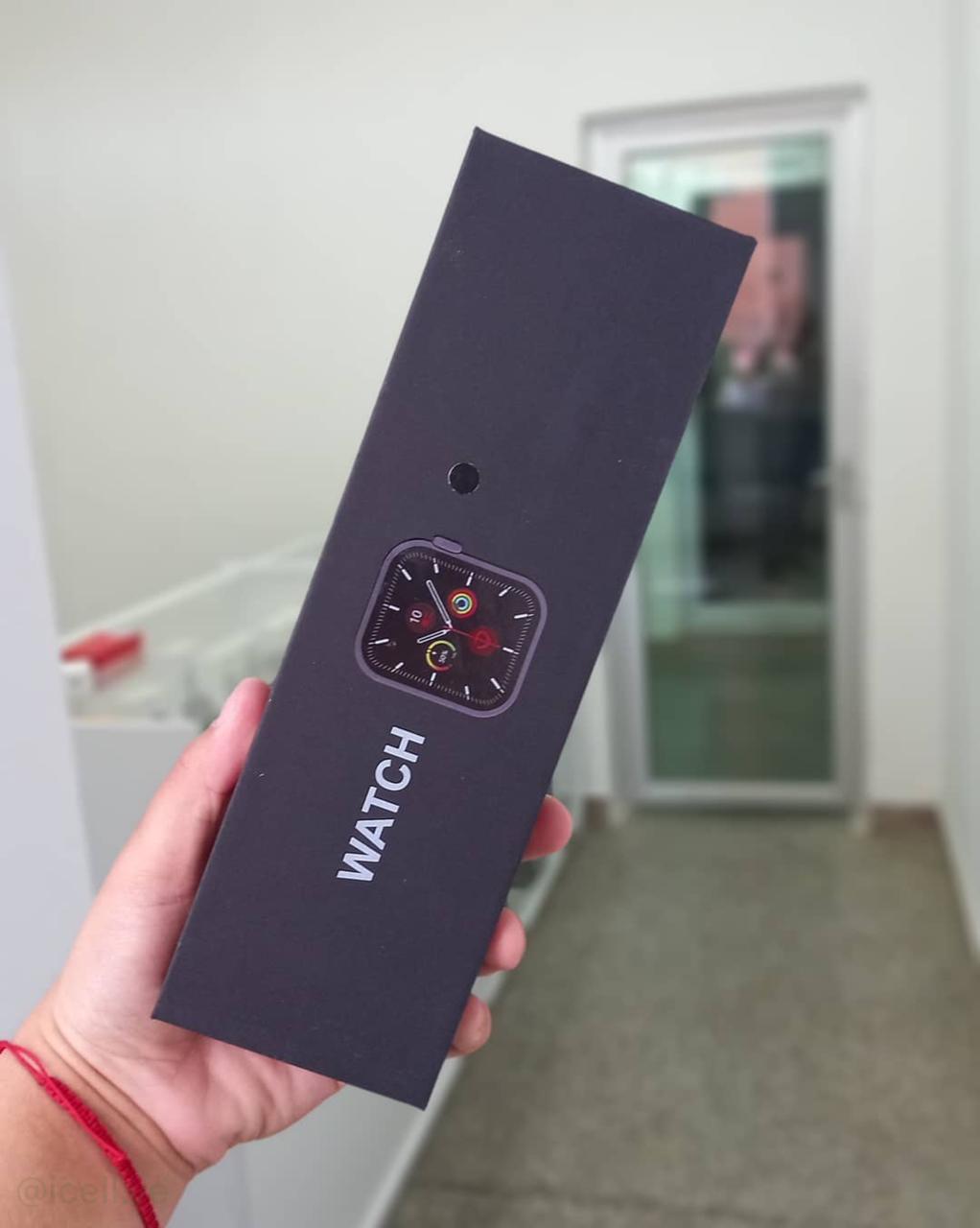

- #Display master 4 password install#
- #Display master 4 password password#
- #Display master 4 password tv#
If no choice is detected within a timeout period, the last booted OS, or a default OS will be chosen. If only one OS installed it will booted immediately, otherwise a menu of installed OSes will be presented for one to be selected. If no input is provided, PINN will proceed to the boot selection dialog.
#Display master 4 password tv#
It is also possible to press the Left mouse button, press any key on a CEC enabled TV remote, or touch the Raspberry logo on the touchscreen to enter the PINN interface. On any subsequent boot, you can press the SHIFT key to enter the PINN interface and easily reinstall your choice of OSes. So, you can be sure that you have installed the most up-to-date release of your selected OS. Only the latest version of each OS will ever be displayed. those contained in the /os directory on disk or an attached USB memory stick) and those available from a remote repository (network connection required). This OS list is automatically generated from locally available OSes (i.e.
#Display master 4 password install#
On first boot, PINN will format your SD card and allow you to select which OSes you want to install from a list. PINN occupies just over 60MB of your precious SD card space, leaving the majority of the card available for your OSes. It is the ideal environment to experiment and try out new OSes. The list of OSes that can be installed by PINN is growing all the time, from general purpose Linux distros, through educational versions, media centres to retro gaming solutions. Once PINN is installed on your SD card, the installation of other OSes and a lot of the maintenance of them can mostly be done on the RPi itself without having to remove the SD card. PINN is designed to make it easy to select and install operating systems for the Raspberry Pi without having to worry about manually imaging your SD card. It will vary according to your Raspberry Pi model and the availability of OSes on the installation sources. *NOTE: The list of OSes in this image is indicative only.
#Display master 4 password password#
Password encryption is left to the good will of the end-user and there is no way to centrally mandate it.Ī unique solution is provided for this problem by generating encrypted passwords for users based on secret keys stored in the system.The master password used for decryption is stored in clear text on the file system.The login password is decrypted on the client side and ends up as cleartext in memory, and then transmitted over the wire (unless forcing SSL too).Using Maven's built-in support for encrypted passwords and generating passwords on the client side does not overcome the security risks for the following reasons: The security risk is even greater if you use LDAP or other external authentication, since you expose your SSO password in cleartext and that password is likely to be used for other services.įor example, Maven uses cleartext passwords in the settings.xml file by default.

Some tools use cleartext passwords, which can pose a security risk.


 0 kommentar(er)
0 kommentar(er)
